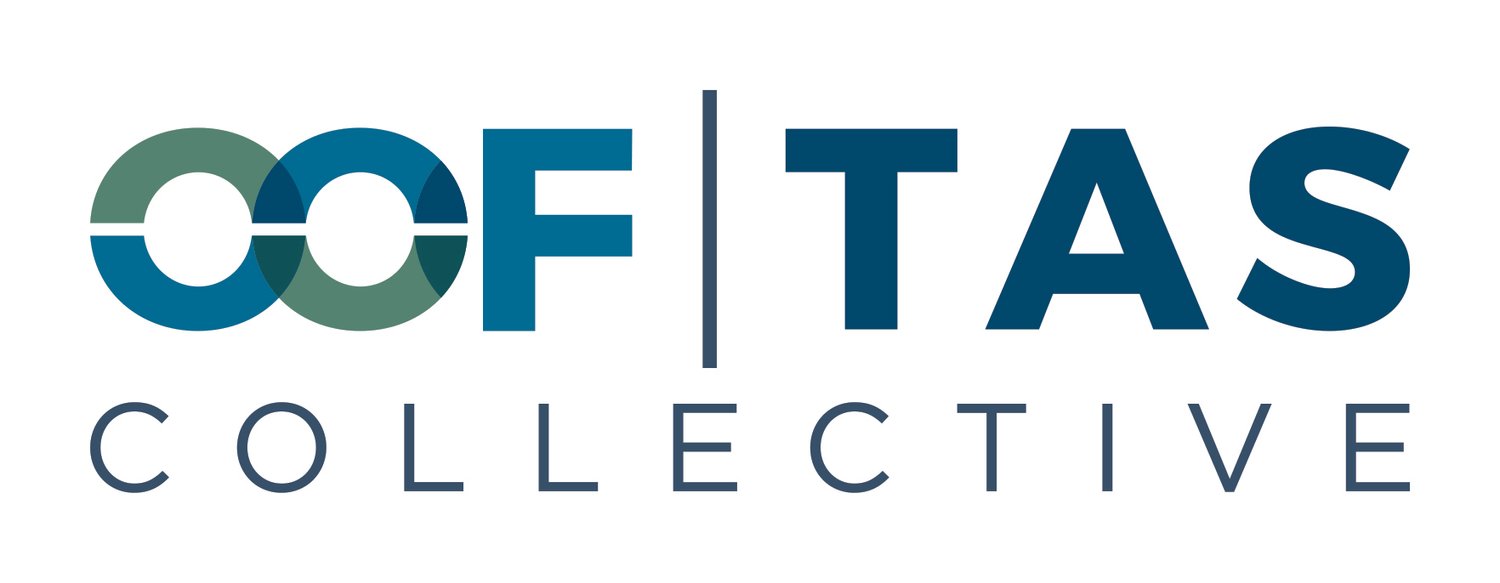Implications for out-of-field teaching in various subjects: What we know from research
Editors: Stephen Quirk, Susan Caldis, Linda Hobbs & Raphaela Porsch
Publisher: Routledge
Proposed Synopsis
The focus draws on key messages arising from presentations at 2023 OOFTAS Collective symposium and the post-symposium plenary; also from the 2023 UNESCO-OOFTAS symposium.
First, the book will provide an introduction to the phenomenon of out-of-field teaching that refers to misalignment between teaching assignments and teachers’ disciplinary and education background. The practice of assigning teachers to teach out-of-field arises for a number of reasons, including a shortage of teachers in general and specialised in particular subjects in the education system, unequal distribution of those teachers across schools or school sectors, poor leadership practices where teachers are mismanaged within a school, and personal choice where teachers may elect to take on new subjects (Hobbs & Törner, 2019). The reasons are manifold and can be explained by context-specificity. Therefore, an overview of the situation of teacher education in different countries is given including policy settings that refer to the phenomenon along with the demanding situation in many countries of hiring alternatively qualified teachers that also are known to teach out-of-field regularly.
Second, the focus of the book will showcase recent research which has shown that despite similarities, e.g. how teachers or principals react to the situation, differences regarding challenges to provide quality teaching and how teachers adapt to become “in-field” in a subject (Hobbs, 2013, 2014) can be explained by the nature of the various subjects and disciplines. However, so far no structured compilation of research on out-of-field teaching is known that looks at the different school subjects.
Thirdly, the book aims to provide ideas for practical implications and actions to deal with the out-of-field situation addressing teachers, teacher educators, and principals.
Section 1: Out-of-field teaching conceptualised and contextualised
The first section provides an introduction to the phenomenon of out-of-field teaching. Each chapter focuses on the broad issues relating to out-of-field teaching, setting the backdrop for the other two sections. Chapters elucidate our developing understanding of out-of-field-ness and recognition of the blurring lines between what in-field and out-of-field means, and how disciplines and their relationship to school subjects create realms of knowledge and practice that underpin our teacher education, curriculum structure and teacher communities of practice and subject cultures. The first chapters in this part aim to provide conceptualisations of how out-of-teaching can be understood and how it is commonly operationalized. Additional chapters draw on the nature of disciplines and how different subjects reflect disciplinary practices. Another chapter provides an overview of traditional and non-traditional teacher education in different countries, summarising the discourse around the situation, and it gives statistics on the amount of out-of-field teaching and its reasons in the various contexts around the world.
Section 2: Out-of-field teaching in different subjects: What we know from research
The second section takes a subject-specific approach to examining the out-of-field teaching phenomenon. This involves exploring the research relating to teaching mathematics, science (physics and chemistry), geography, home economics, physical education and english [select] out-of-field. Each chapter focuses on one subject, documenting the requirements to obtain certification [or education/ training undertaken] to teach the subject and the subject culture, encompassing the prevailing subject paradigms (what should be taught as part of the subject) and subject pedagogies (how the subject should be taught). Each chapter concludes with the presentation of a vignette on a teacher(s) teaching the subject out-of-field, capturing the complex enculturation process that out-of-field teachers encounter as they teach a subject ‘outside’ their field of expertise.
Section 3: Practical implications of, and action in response to teaching out-of-field
The third section will comprise a series of chapters which focus on how the out-of-field phenomenon is managed and responded to, with consideration of known and potential implications for policy and practice. This involves using empirical studies from a range of school-based and non-school based settings, including initial teacher education, to explore how individuals or teams navigate and take action upon the requirement to teach out-of-field. Aspects of culture (behaviours, beliefs and practice) and time (phases within longitudinal studies or moments in once-off point-in-time captures) within boundaries of micro (individual teacher), meso (institutions, schools) and macro (systems, policies) can be important influences to consider when determining the success or otherwise of actions taken and the potential for movement or consolidation within policy and practice. Therefore, such aspects and boundaries form underpinning themes for each chapter to draw on. Each chapter includes a problem statement, short literature review, conceptual and/or theoretical framework, description of action/initiative/program, methodology, results and discussion, conclusion and recommendations for practice and/or policy.
Expression of Interest to contribute
Please subject expression of interest by January 31, 2024.
Description of the book structure and focus of each sections: Google slide, Video from information meeting
We are no longer accepting submission



